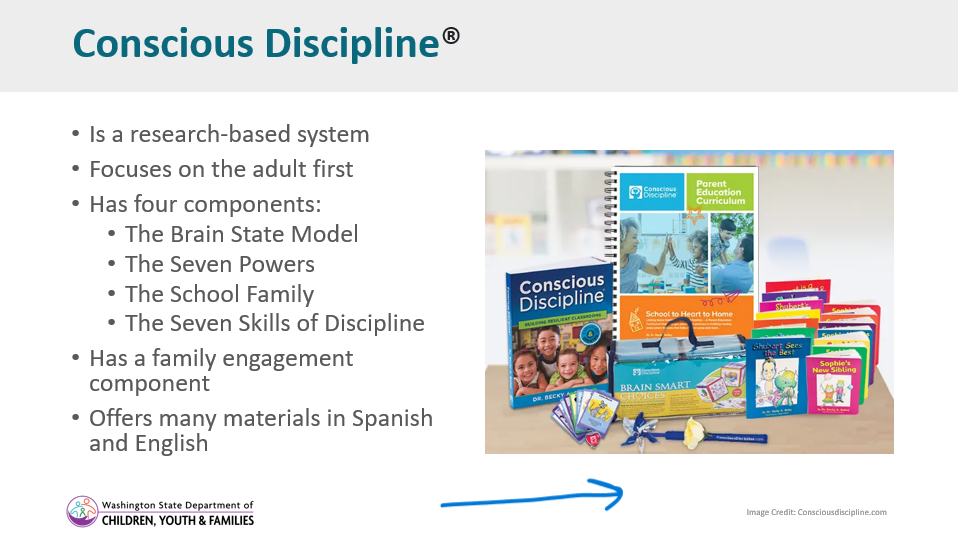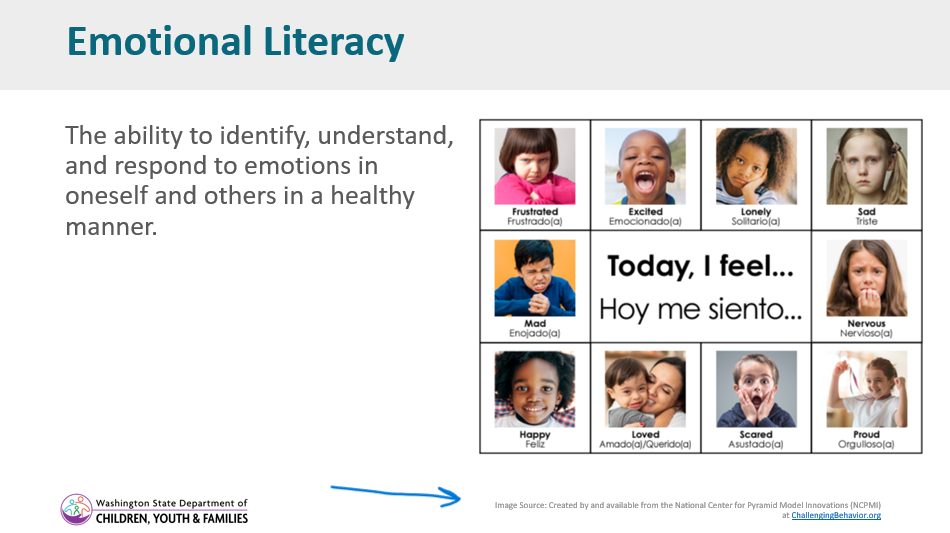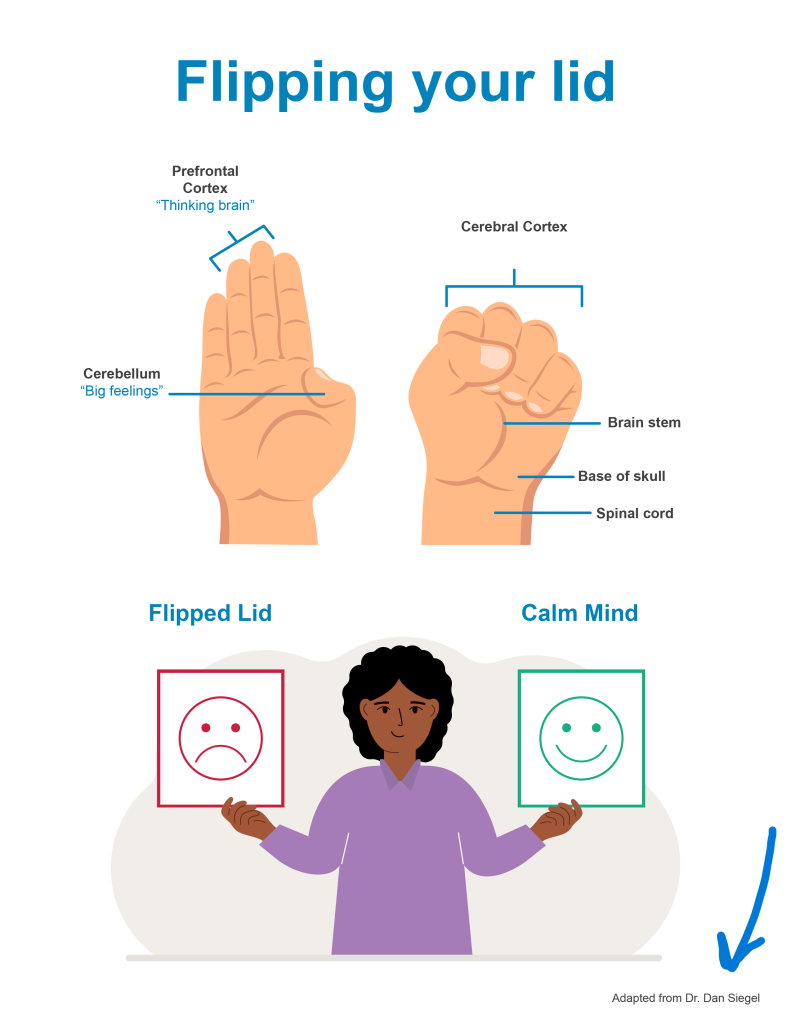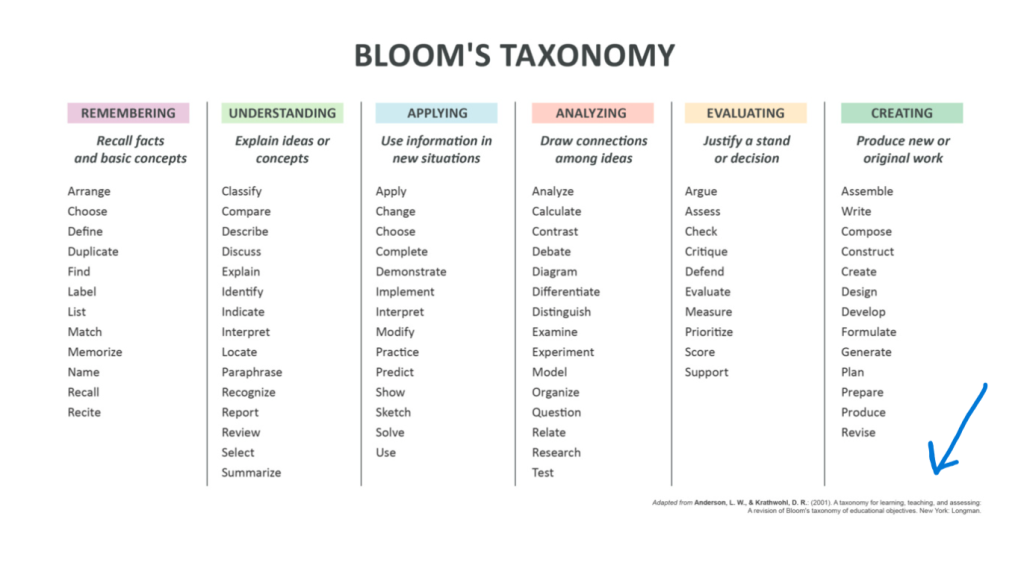Responsibility to Cite
Responsibility to Cite
The responsible use of others’ work is not just a legal requirement, but it is also an ethical principle we apply to all our product development.
We must get all necessary permissions and provide all necessary citations and attributions for materials we use. All text, direct and indirect quotations, images, and videos must be properly attributed and referenced. Any custom graphics adapted from something we did not produce, must include attribution for the original source. You can see different citation styles in subsequent chapters.
Please note: This section also references the Using Published Materials in Cultivate Learning Products chapter and the Choosing and Using Visual Media part of the guide. In addition, for guidance specific to PowerPoint citations both on slides and in the presenter notes, refer to the PowerPoint Guidelines chapter.
On and Within Documents
All documents created by Cultivate Learning should include attribution to the funders of the project. Sometimes this is in the footer of a document, sometimes elsewhere, like inside the cover page or on the last page. Each project will have preferred styles and language. Check with the project manager, owner, or director for correct project attribution styles.
Some projects require specific language and grant or contract numbers. Project managers, owners, or directors will have the required language.
Previously developed projects by Cultivate Learning partners which are being rebranded to Cultivate Learning should have attribution to preserve legacy. See Legacy Material below.
When a product is created in collaboration with partner organizations or with contributions from partners and stakeholders, this typically needs to be acknowledged within the product.
Examples:
- The development of this paper was supported by a contract from the Washington State Department of Children, Youth, and Families. Opinions expressed herein are the author’s and do not necessarily reflect the position of the Washington State Department of Children, Youth, and Families, and such endorsements should not be inferred. This document may be reproduced without permission for educational and non-commercial use.
- This document was developed with funds from Grant #90HC0012 for the U.S. Department of Health and Human Services, Administration for Children and Families, Office of Head Start, and the Office of Child Care by the National Center for Early Childhood Development, Teaching, and Learning. This resource may be duplicated for noncommercial uses without permission.
- Collaborative projects, involving the effort of many individuals or groups for whom the authors wish to provide context and attribution, may include a statement inside a title page or at the end of a document. Examples include:
Prepared by Rebecca Cortes, Nina Auerbach, Soleil Boyd, Wendy Jans, and Tilman Smith.
Special thanks to Kim Votry for her review, editing, and helpful feedback and to Gail Joseph, PhD, and the staff at the Childcare Quality & Early Learning Center for Research and Professional Development (CQEL) who created the foundation upon which this document is based.
The Manual for Supporting Collaborating Partnerships in Practice-Based Coaching is a partnership between the University of Washington Continuum College and the University of Washington College of Education. This project is supported by funding from the Washington State Department of Children, Youth, and Families and the Raikes Foundation. Contents are solely the responsibility of the authors and do not necessarily represent the official views of the Washington State Department of Children, Youth, and Families or the Raikes Foundation.
Attributing Images, Videos, and Graphics Created or Owned by Cultivate Learning
In products we produce, we do not need to add attribution to individual images, videos, or graphics that we created for the product. Instead, images, video, and graphics that were created by Cultivate Learning should be acknowledged as part of the overall “content copyright” for each product. This acknowledgement should appear in the footer of a document or at the end of a PowerPoint slide deck.
Product acknowledgement example for a product delivered in 2024:
- This training and its contents, including images, videos, and illustrations, have been developed by and are owned by Cultivate Learning at the University of Washington, unless otherwise noted within the material. This training can be duplicated and shared for educational, non-commercial use with attribution provided to: “©2024 Cultivate Learning, University of Washington.”
If you are working within a template, check to see if this acknowledgement is already included. Ensure the acknowledgement reflects the product’s delivery date.
If the template does not include an acknowledgement statement, various projects have different attribution language depending on the criteria of the funding source. Check with the project manager, owner, or director if you are unclear on how to attribute a specific project.
Using Stock Images
Before using stock images, review the Choosing and Using Visual Media part of this guide.
Stock images that we have purchased are licensed for Cultivate Learning use in our products. These images follow the same guidelines as any image produced by Cultivate Learning.
Attributing Images, Videos, and Graphics from Other Sources
Any images, graphics, and videos that were not created by Cultivate Learning must be properly cited or attributed. This includes custom graphics we create that are adapted from another source.
Often, you must also seek permission from the source to use their media in your project. Permission to use should be documented with the final materials. Before using media that is not created by Cultivate Learning, review the Using Published Materials in Cultivate Learning Products and the Choosing and Using Visual Media part of this guide.
Visual media not created by Cultivate Learning should be attributed to the copyright holder according to the conditions of its usage license. A usage license includes all the parameters for how to use the visual media. Creative Commons licenses follow specific attribution requirements.
Attribution should be placed under or next to the image, graphic, or video where it appears within the content, see examples below. If you are using a template, there may already be a space for this attribution. Attributions and citations should follow MLA, APA, or Chicago style for image captions and attribution. The funding partner often determines the style of attribution. Check with the project manager, owner, or director if you are unsure about what style of attribution to use.
Example A of an image credit:

Example B of an image credit following the Terms of Use listed on the National Center for Pyramid Innovation’s (NCPMI) website:

Example 1 of a graphic created from other source material with attribution/citation:

Example 2 of a graphic created from other source material with attribution/citation: 
Legacy Material
When using content and information from previously developed material, provide credit and attribution at the beginning of the notes. For example, if NCQTL materials are used in the new product, provide two to three sentences about NCQTL.
